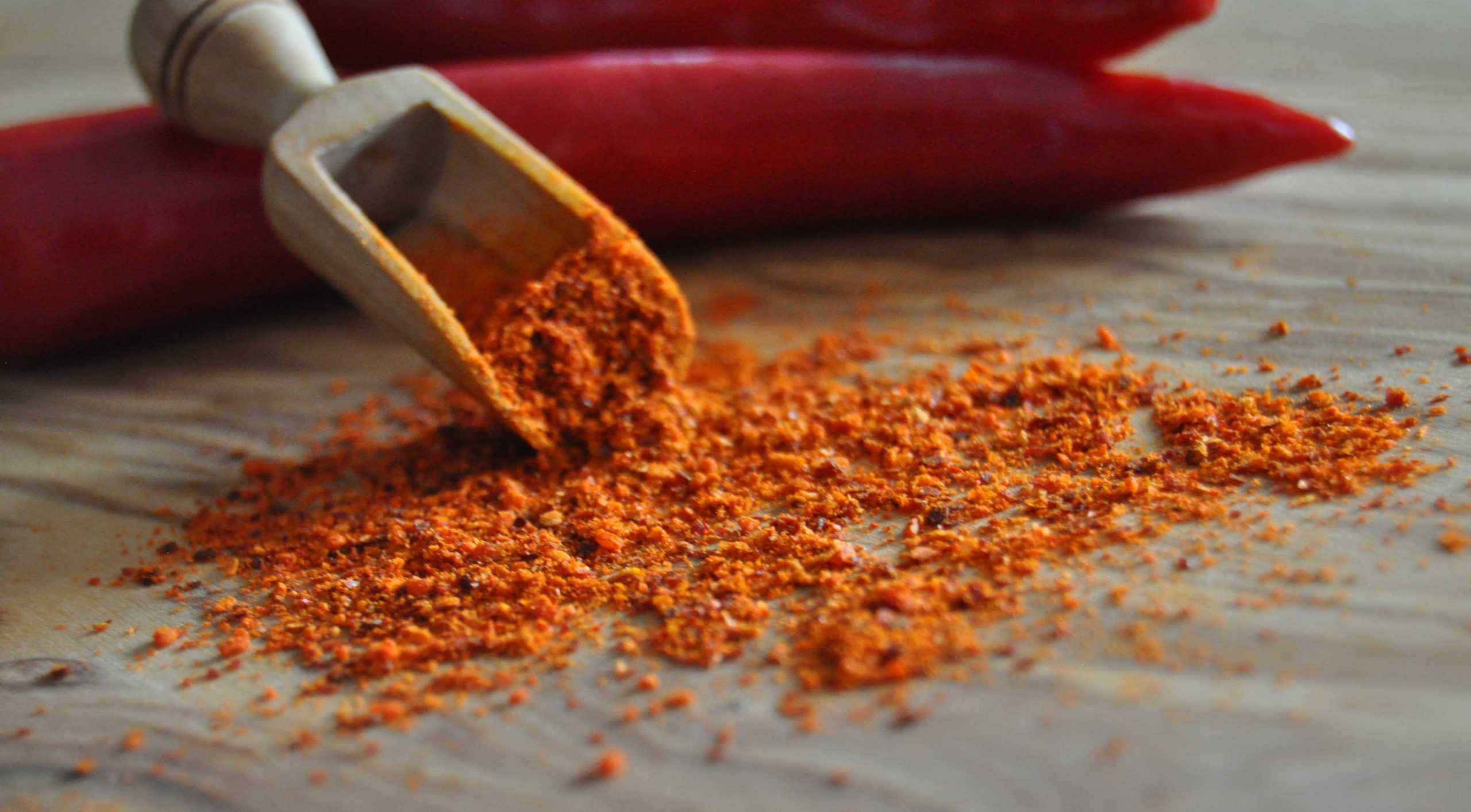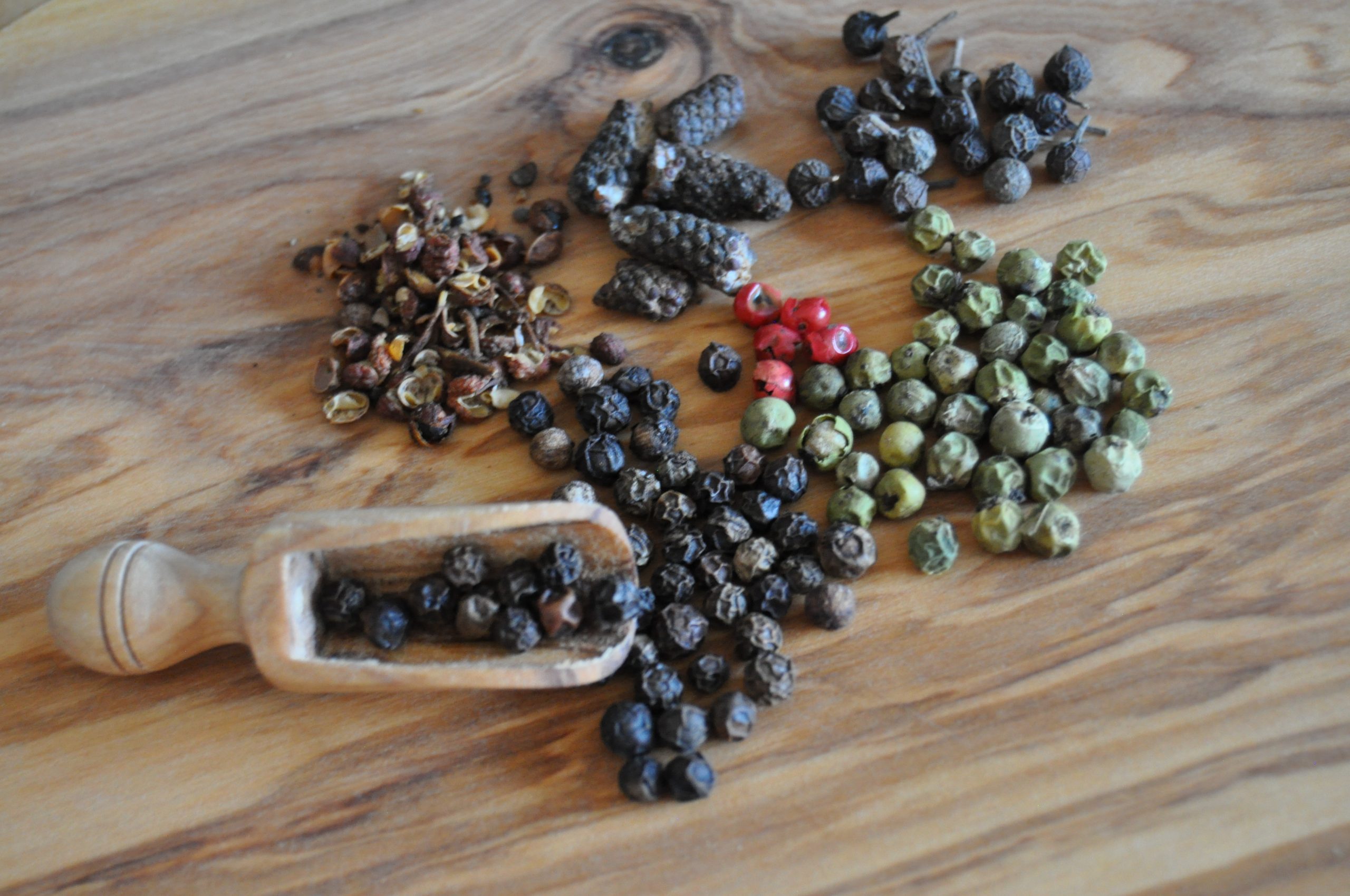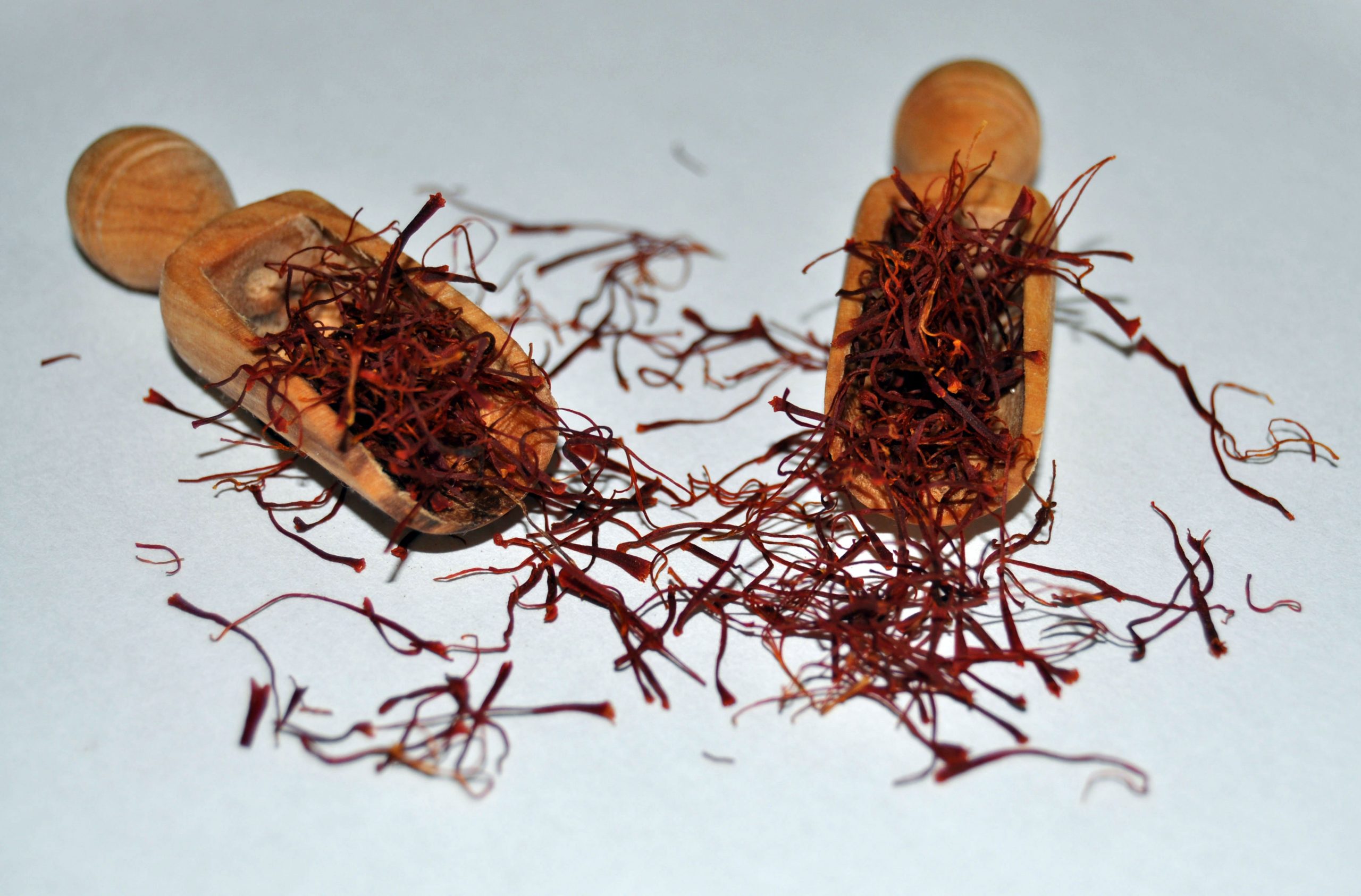In South American culture, the tonka bean is said to have a special healing effect: anyone who carries a tonka bean with them is in possession of a protective amulet against illness.
The taste of a tonka bean is reminiscent of vanilla and almond – which is why tonka beans are often used instead of vanilla in sweet baking recipes. Spice connoisseurs also describe the taste of the tonka bean with a hint of woodruff and a note of rum, which comes from the fact that tonka beans are soaked in rum for some time after harvesting.
It is not without reason that the tonka bean is now an insider tip of haute cuisine: experienced chefs know that the tonka bean can not only be used in baking, but also in desserts and savoury cuisine. Basically, however, the tonka bean fits everywhere where one would otherwise use vanilla. The tonka bean combines the taste of vanilla and almond – which is why it is an extremely versatile seasoning.
Very small quantities of the Tonka Bean are already sufficient to flavour a pastry or dish.
Tonka bean and vanilla
The tonka fruit grows on trees up to 30 metres high in South and Central America: due to this fact and its vanilla-like taste, the tonka bean is also called “Mexican vanilla”. Unlike vanilla, which is obtained from the caspel fruits of various species of the orchid genus, the tonka bean is the seed of the tonka tree.
The seeds are extracted from the fruits of the tonka tree as soon as the ripe fruits have fallen to the ground. Then the tonka beans are soaked in rum for a day. Then the process of drying and fermentation begins: only when this process is complete do the beans go on sale. Not least because of the months-long process of drying, tonka beans have a relatively high price per kilo: this high price per kilo is put into perspective by the fact that a tonka bean has an extremely intense aroma and very small quantities are already sufficient to flavour a pastry or dish.
Coumarin and its effect
The tonka bean is also characterised by its coumarin content: In small doses, coumarin can have a positive effect on the body, but a large amount of the fragrance and aroma substance can have a negative effect on the body. Because of the high coumarin content in unfermented tonka beans, tonka beans may only be sold fermented.
In the right dose, coumarin can have anti-inflammatory, antispasmodic and sedative effects. The coumarin content is also the reason why the tonka bean is said to have a healing effect in South American cultural circles.
The home of the tonka tree is in the tropical Amazon region: the tree is mainly cultivated in Venezuela, Guyana and on the Caribbean islands. The French botanist and pharmacist Jean Baptiste Christophe Fusée Aublet (1720 – 1778) was the first to mention the tonka bean in writing in 1775. Around 1820, Albert Vogel is said to have developed a process to separate the coumarin from the tonka bean.
Tonka tree
The tonka tree is native to South America, but the tree is also grown in Kenya in professional cultures. The wood of the tonka tree (cumarú) is a so-called iron wood: this means that the wood is particularly hard and has a particularly high density. This is why the wood of the tonka tree is very popular and – like teak – is often used for outdoor furniture.
The tonka bean contains over 100 ingredients, which have not yet been fully broken down: It is not known where exactly the very complex aroma of a tonka bean comes from.
Furthermore, the tonka bean is very often used in aromatherapy: The smell of the tonka bean is said to have a mood-lifting effect. Without question, the scent of the tonka bean is fascinating: the smell is so complex that it cannot be described with a single term. One smells vanilla, almonds, marzipan and rum – every spice connoisseur gives a different description of the smell of a tonka bean.
One can only speculate about the actual ingredients and the true healing properties of the tonka bean.
Dishes
Probably the best-known recipe that requires tonka beans is tonka bean ice cream: this noble ice cream variety is given an incomparable taste by the unique aroma of the exotic bean from South America. At first, the taste is reminiscent of vanilla ice cream, but with the second spoonful it becomes clear that an even more complex flavour has been used here.
But tonka beans are not only suitable for flavouring desserts: Main dishes such as a tomato sauce can also benefit from the aroma of the tonka bean.
Take a kitchen grater and grate some tonka bean into the tomato sauce.
One can only speculate about the actual ingredients and the true healing properties of the tonka bean: Rumour has it that the indigenous tribes of South America have a profound knowledge of the effects and uses of the tonka bean.
Back to the top
Until the 1940s, the tonka bean had a firm place in Advent baking in Germany: in the early 19th century, Alexander von Humboldt also remarked that the laundry in Venezuela smelled so wonderful because tonka beans were used to clean it. What was still a very popular seasoning in the 1940s turned into the exact opposite a few decades later: In the 1990s, the tonka bean was even banned in Germany. The reason given for this was the coumarin content of the bean, which is harmless for most people when dosed correctly. To this day, the tonka bean has had a hard time re-establishing itself in the kitchen: Only slowly are chefs and bakers discovering how beneficial the bean from the tropics of South America can be to the taste of a pastry or dish. If one is looking for a vanilla alternative that also has a lot more to offer in terms of taste, the tonka bean is the right choice.
The still unexplored ingredients of the tonka bean remain a secret of the indigenous people of South America and contribute to the mythical image of the aromatically unique medicinal bean.
Cover picture: Tonka beans, © Simon von Ludwig

 Deutsch
Deutsch


